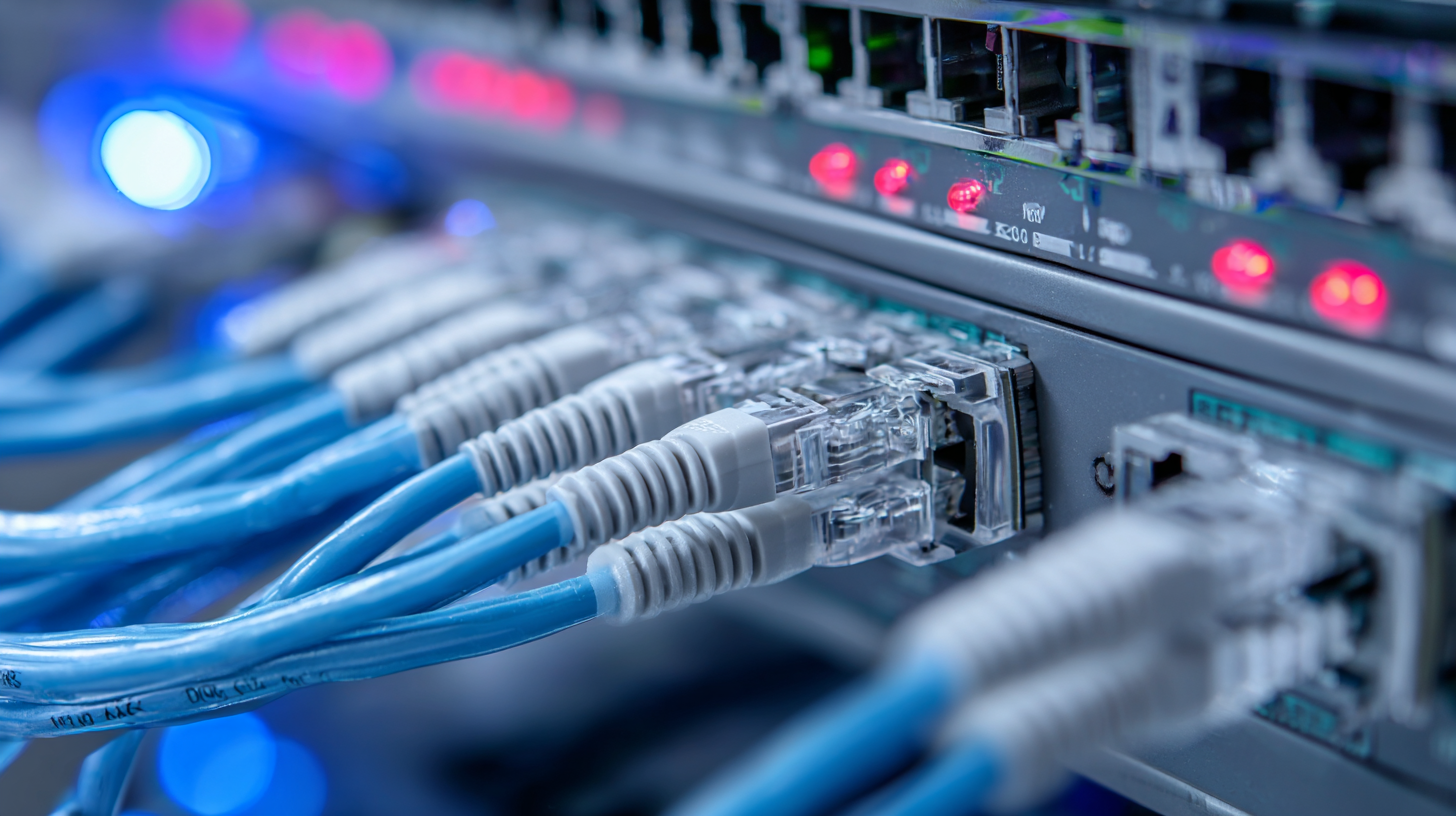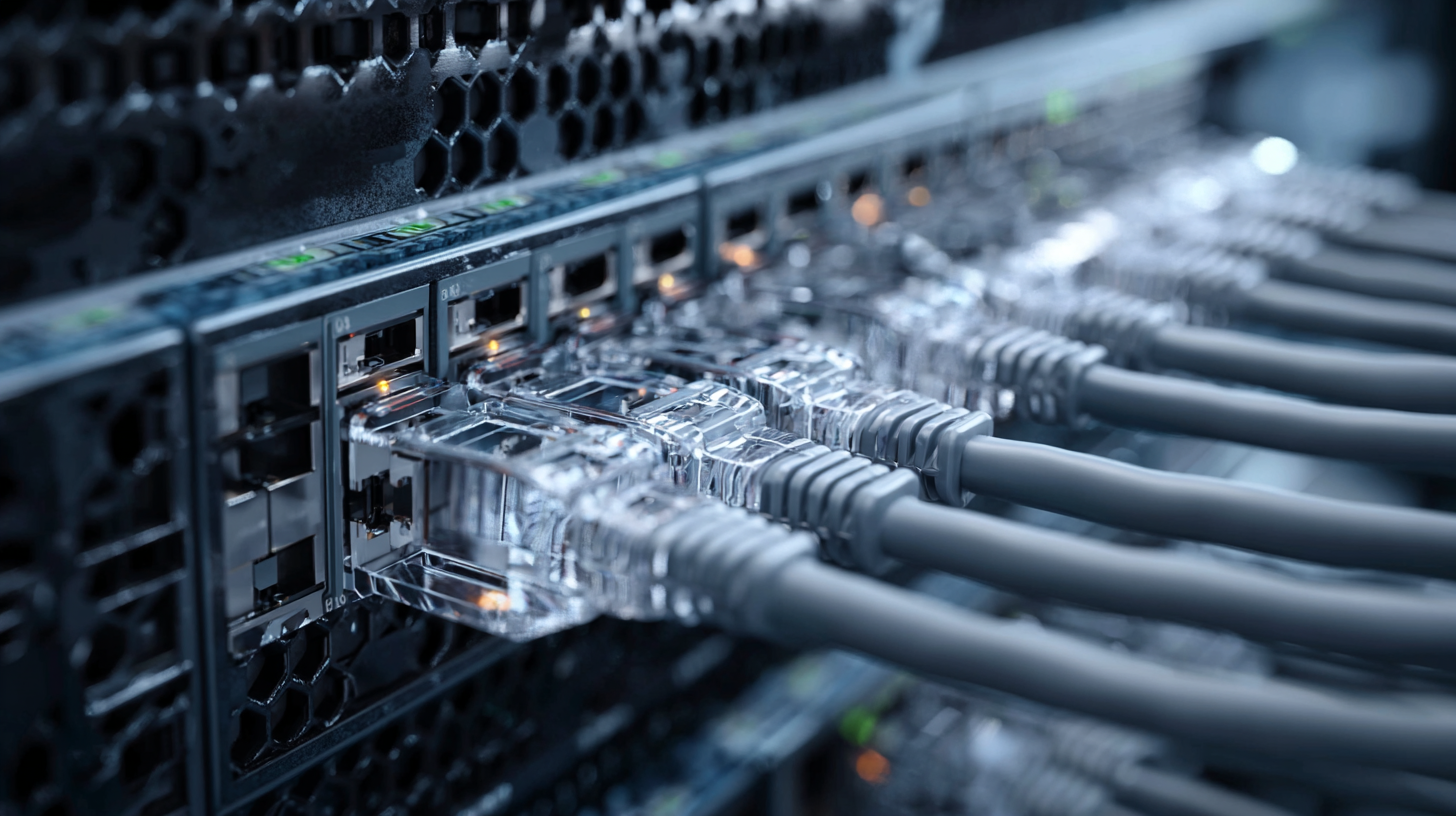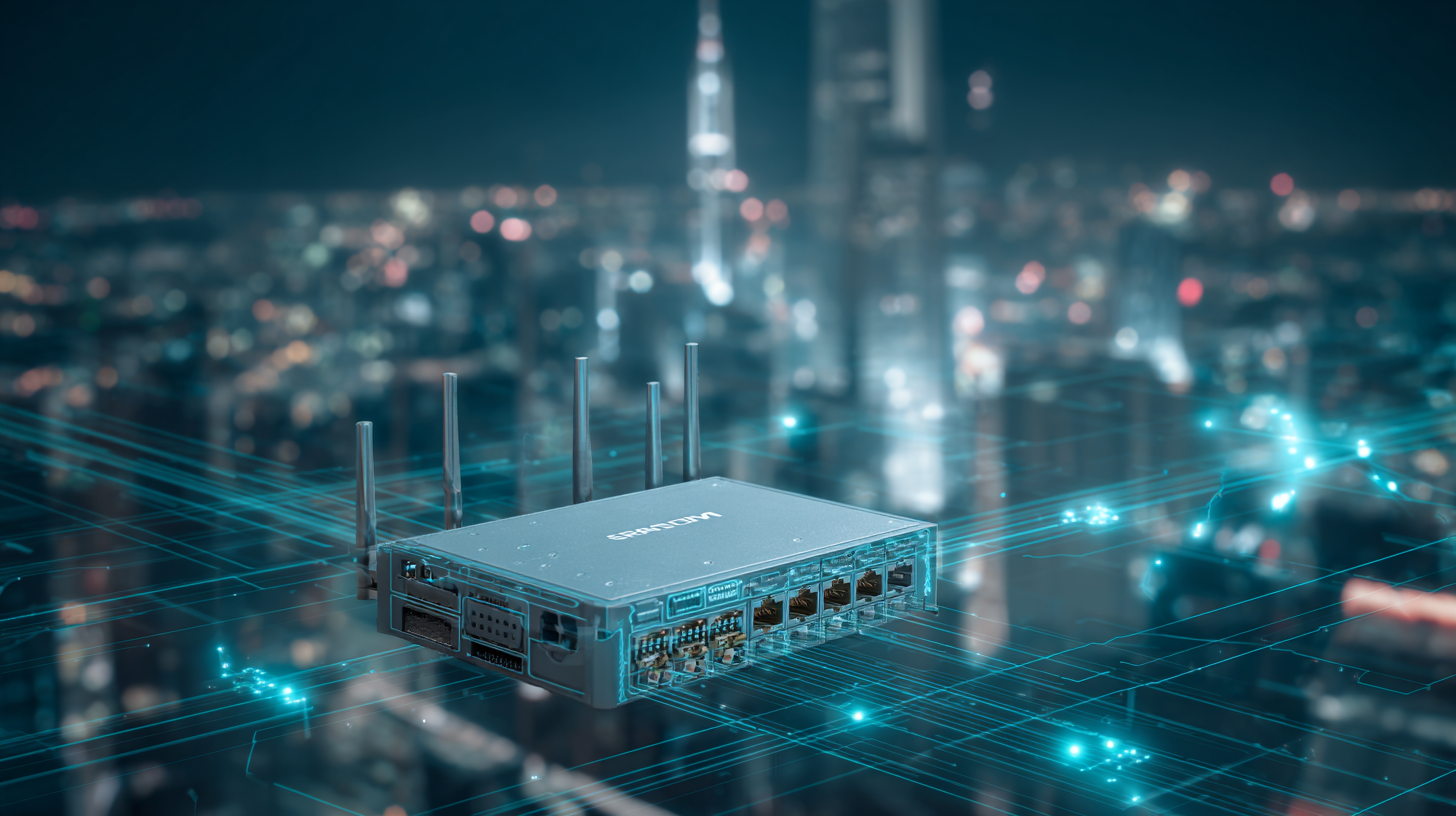
- [email protected]
- Mon - Sat at 7:00AM to 9:00PM
Leave Your Message

In today's fast-paced digital landscape, the demand for higher networking efficiency is more critical than ever. According to a recent report by the International Data Corporation (IDC), global data traffic is expected to reach a staggering 175 zettabytes by 2025, prompting organizations to seek advanced solutions to support this growth. One such solution gaining traction is the adoption of the 2.5G Switch, which not only facilitates faster data transfer but also enhances network performance without requiring a complete overhaul of existing infrastructure. By leveraging the capabilities of 2.5G switches, businesses can efficiently meet the increasing bandwidth demands while optimizing their operational costs. As the industry navigates complex import and export certifications, understanding the benefits of implementing these switches becomes imperative for any organization aiming to stay ahead in the networking game.

The advent of 2.5G switches marks a significant milestone in networking technology, offering enhanced performance and efficiency for both home and enterprise environments. As outlined in various industry reports, these switches enable network speeds that are a substantial upgrade from traditional Gigabit Ethernet, supporting data transfer rates of up to 2.5 Gbps. This capability is particularly beneficial as the demand for high-speed internet continues to rise, enabling seamless streaming, gaming, and large file transfers without latency.

Recent products have underscored the competitive pricing and features of 2.5G switches. For instance, the introduction of low-cost 2.5G Ethernet switches, such as those available for under $30 during major sales events, reflects a growing trend toward affordability in high-speed networking gear. The integration of advanced multi-port solutions facilitates optimal power consumption, making them ideal for both home and small to medium-sized business infrastructures. Additionally, as industry analysts project rapid growth in smart devices and IoT ecosystems, 2.5G switches emerge as a critical component for supporting these technologies, ultimately reshaping the way networks are designed and utilized.
The adoption of 2.5G switches is on the rise as organizations seek to enhance their networking efficiency. A key feature driving this trend is their ability to transmit data at 2.5 gigabits per second, which significantly exceeds the traditional 1G Ethernet speeds. According to a recent report by SANS Institute, networks utilizing higher-speed switching technology can improve data transfer rates by up to 250%, offering a real game-changer for bandwidth-hungry applications in enterprises.
Moreover, 2.5G switches are designed with advanced traffic management capabilities. They incorporate Quality of Service (QoS) protocols that prioritize critical network traffic, ensuring that essential applications receive the bandwidth they need without interruption. A study from the IEEE reveals that implementing QoS features can reduce latency by up to 30%, a crucial improvement for time-sensitive communications such as voice and video calls, resulting in a smoother and more reliable user experience. With these functionalities, 2.5G switches are particularly beneficial for businesses transitioning to cloud-based solutions, where efficient network performance is paramount for operational success.
When it comes to networking efficiency, choosing the right switch is crucial. While 1G and 10G switches have been the mainstay for years, the introduction of 2.5G switches brings a compelling middle ground. The 1G switches, while cost-effective, might not suffice for environments with high traffic demands. On the other hand, 10G switches, though providing superior speed and bandwidth, often come with a prohibitive price tag and require more advanced infrastructure. This makes 2.5G switches an appealing option for many businesses looking to enhance their networking capabilities without the substantial investment associated with 10G technology.
By comparing the pros and cons, 2.5G switches offer a perfect solution for organizations that need better performance than 1G switches can provide but find 10G alternatives to be excessive for their current needs. They deliver faster data transfer rates while being backward compatible with existing 1G infrastructure, ensuring a smooth transition. However, it's essential to consider that while 2.5G switches are more cost-effective than 10G, they may still require additional cabling upgrades to fully maximize their potential. Thus, understanding these distinctions allows businesses to make informed decisions that align with their networking goals and budget constraints.
In today's fast-paced digital landscape, the adoption of
2.5G switches is revolutionizing connectivity
across various industries. For instance, the integration of 2.5G Ethernet technology
in embedded computing systems allows sectors such as automotive and industrial IoT to benefit
from enhanced real-time data processing and communication.
A recent report indicated that nearly 40% of companies
in the manufacturing sector are planning to implement 2.5G switches to improve their networking
efficiency and operational capabilities.
The versatility of 2.5G switches is further highlighted by their real-world applications, such
as in advanced computing platforms designed for Time-Sensitive Networking (TSN).
These solutions support applications that require synchronized communication between devices,
making them essential for industries like automotive, where secure and reliable data exchange
is critical for the functionality of connected vehicles. The ability of 2.5G switches to support
higher bandwidth requirements—up to 2.5 times faster than
traditional gigabit switches—enables businesses to maintain competitive advantages in a
data-driven world.
Implementing 2.5G switches in business networks has become a cost-effective solution to enhance overall networking efficiency. According to a report by MarketsandMarkets, the global enterprise networking market is projected to grow from $90.5 billion in 2020 to $119.5 billion by 2025, driven by the increasing demand for higher bandwidth. 2.5G switches offer a balance between cost and performance, as they are significantly cheaper than their 10G counterparts while still providing a substantial upgrade from standard Gigabit switches.
A detailed cost-benefit analysis reveals that businesses can achieve approximately 2.5 times the data rate of traditional Gigabit Ethernet without incurring the hefty investment that 10G switches demand. For medium-sized enterprises, transitioning to 2.5G switches can result in a return on investment (ROI) of around 35% over three years, as reported by IDC. This makes 2.5G switches not only a budget-friendly option but also a strategic choice for upgrading infrastructure to meet growing data traffic demands, ensuring organizations remain competitive in an increasingly digital landscape.
